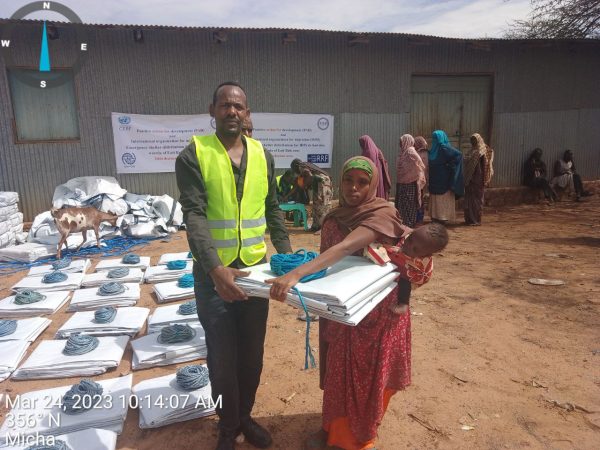This is a program targeting orphan and vulnerable children including children outside of parental care, abandoned children, children living with a single parent, children with disabilities, and victims of exploitation. The project also targets children in IDP setting and children on a move. Our programmatic intervention includes foster care and local adoption, minor re-integration with parent, facilitate independent living arrangement for older child, family economic strengthening, referral linkage, kinship linkage and sponsorship. Our program always committed and work to meet the best interest of the child through its regroups need assessment with support including but not limited to economic, psychological and social re-integration support to the children and their families. Doing so in the last few years alone we manage to provide direct support for more than 1160 children(F=2800) through our alternative child care and support programs. the experience helps and used as a significant input in the formulation of Ethiopian child care policy and strategy including national alternative child care policy guideline using PAD’s experience. The practice also got cross border impact as it has been taken to be best practice and scaled up in other African countries like the Republic of Malawi.


This program facilitates temporary placement of abandoned children in to a foster family. The program involves community mobilization, volunteer foster parent recruitment, capacity building, capacity assessment, parent child matching, foster placement of a child, after placement follow up, evaluation of parent child matching and facilitation of legal adoption of the child in the family.
The program is implemented in a community setting to facilitate community-based child care and support interventions. The program work to provide need-based supports including education, food, livelihood, psychosocial, legal, shelter and care support to the children in the family. To achieve this the project, employ direct support and referral linkage mechanisms. This project is implemented in different parts of the country including Dire Dawa, Oromia and Amhara region. In the last few years alone the project managed to reach out to a total of 10,000 vulnerable children.






